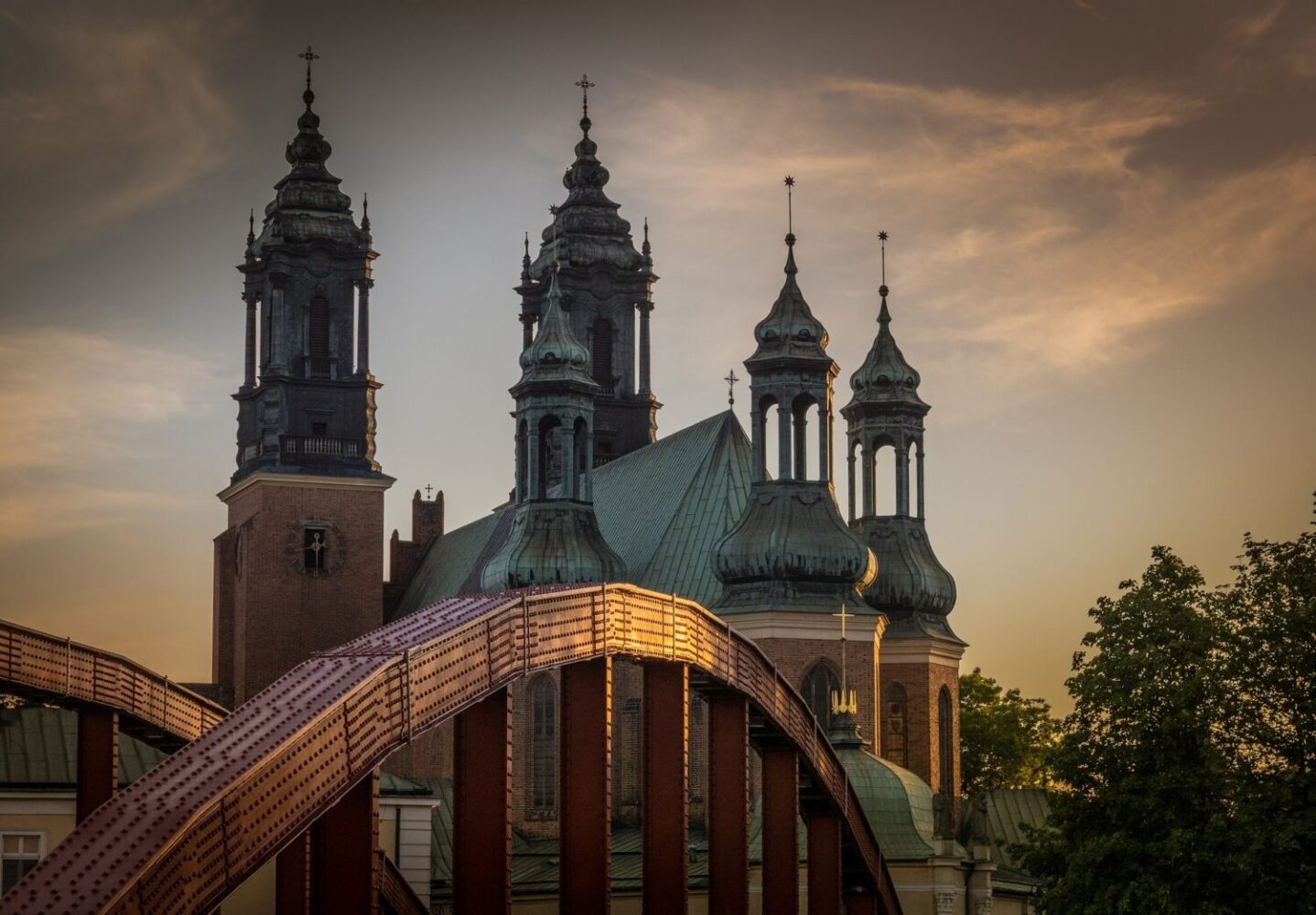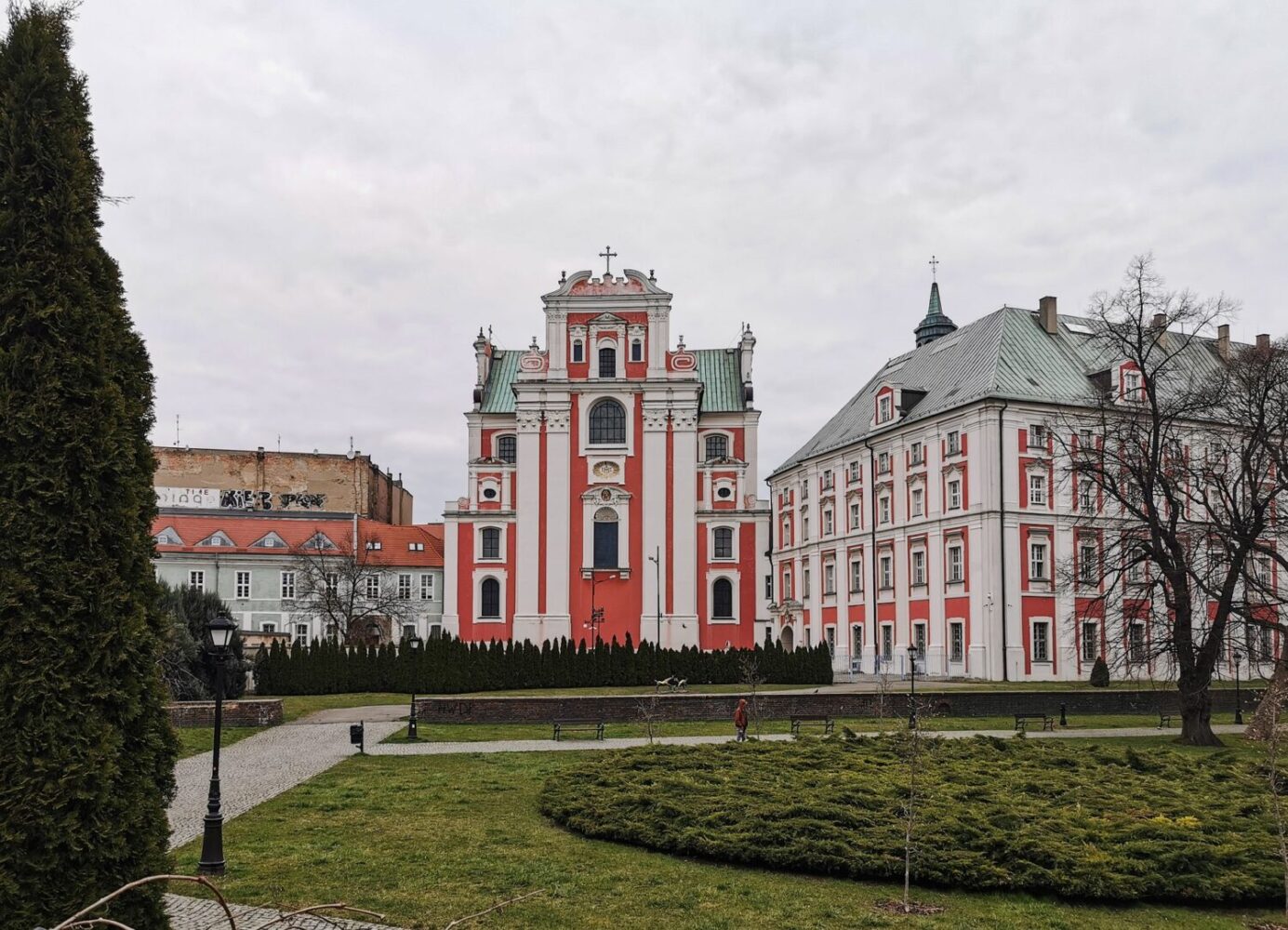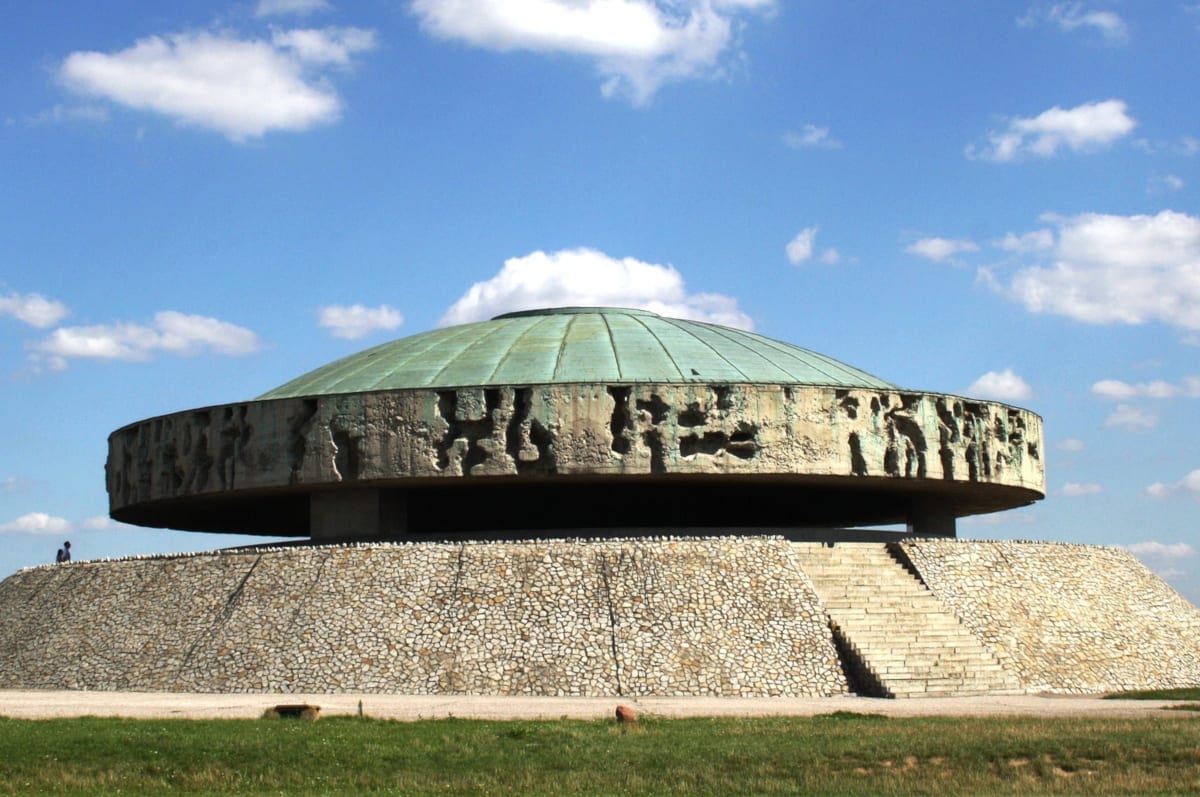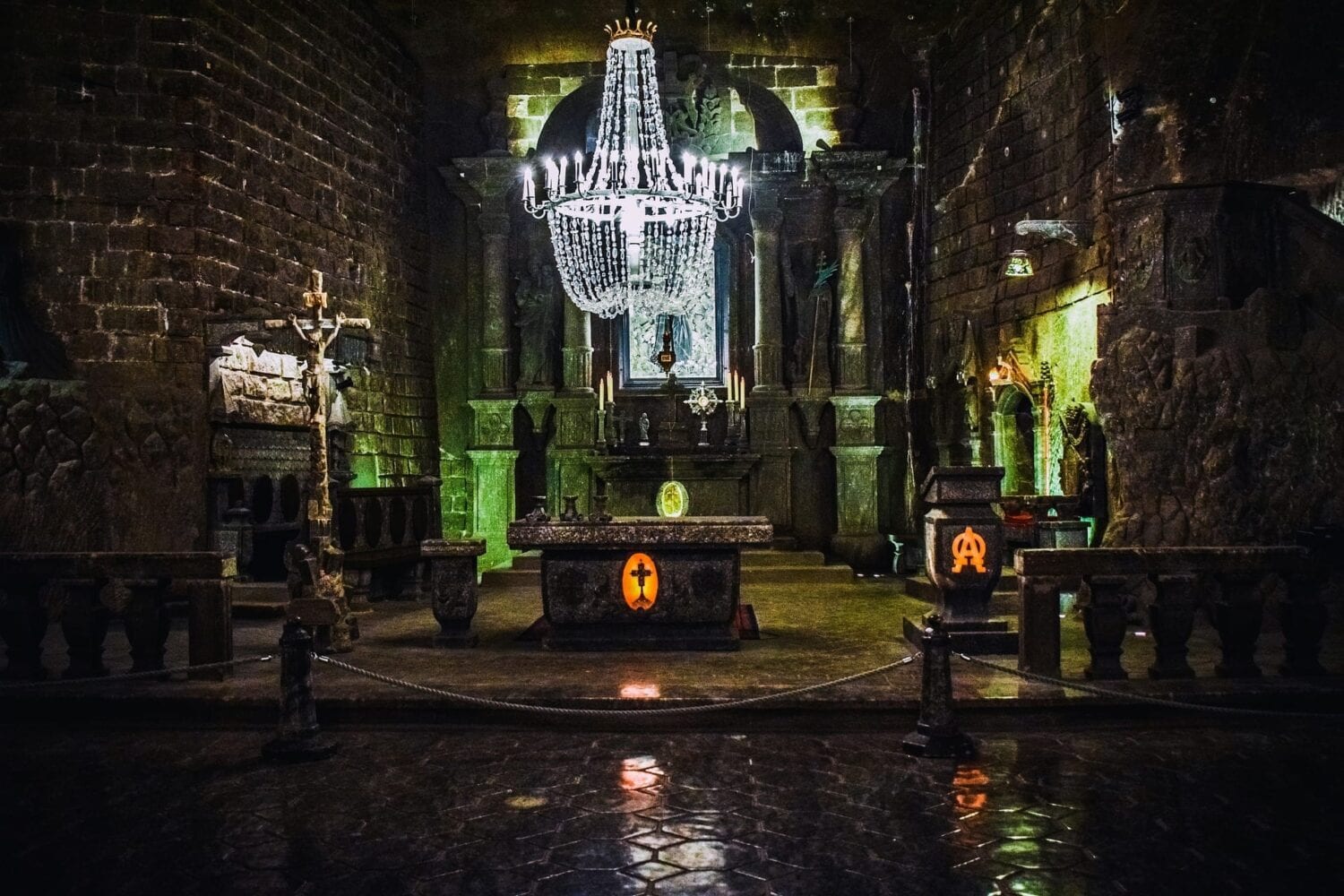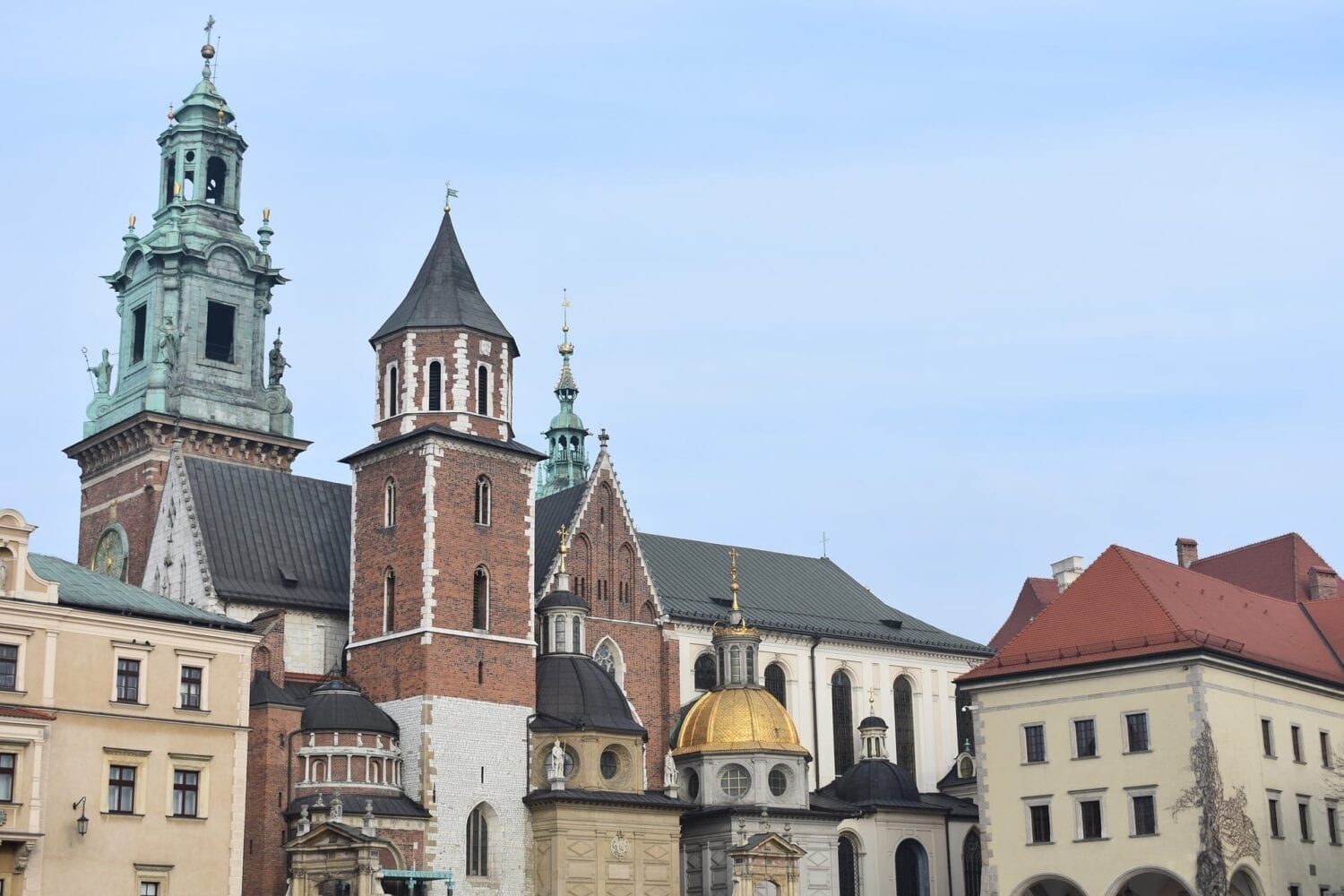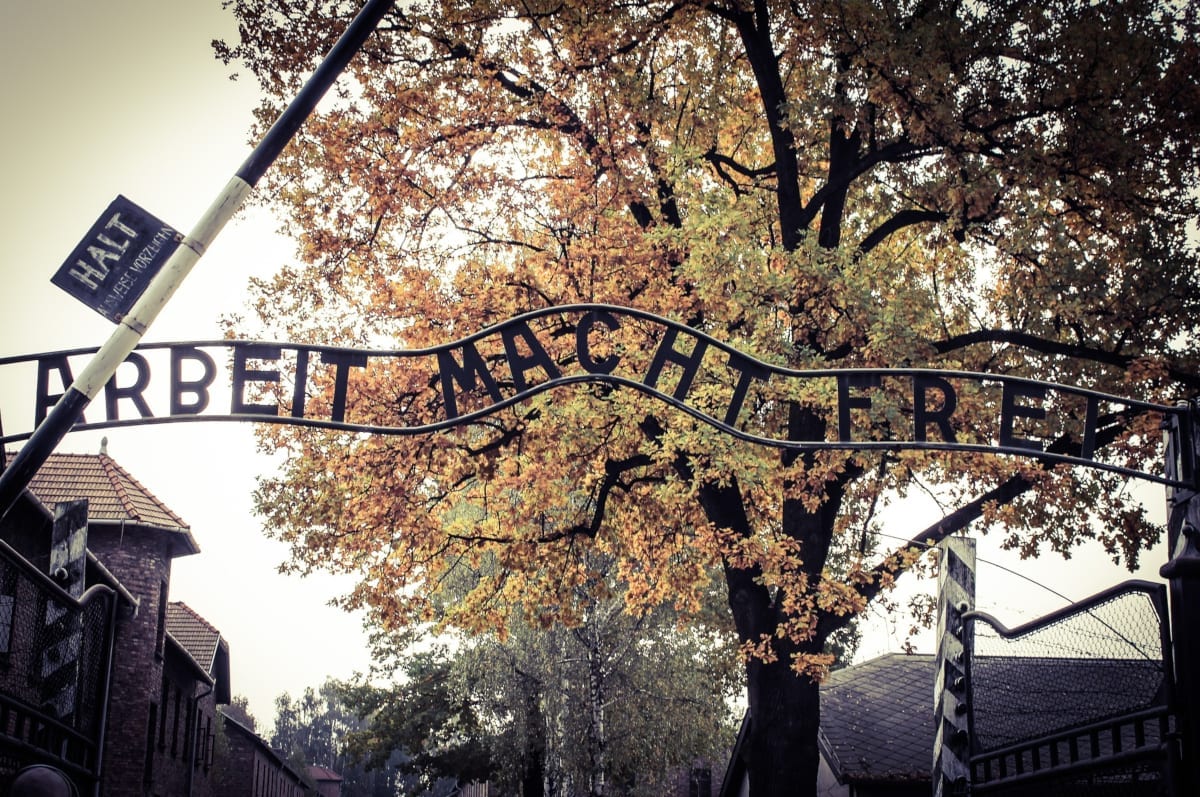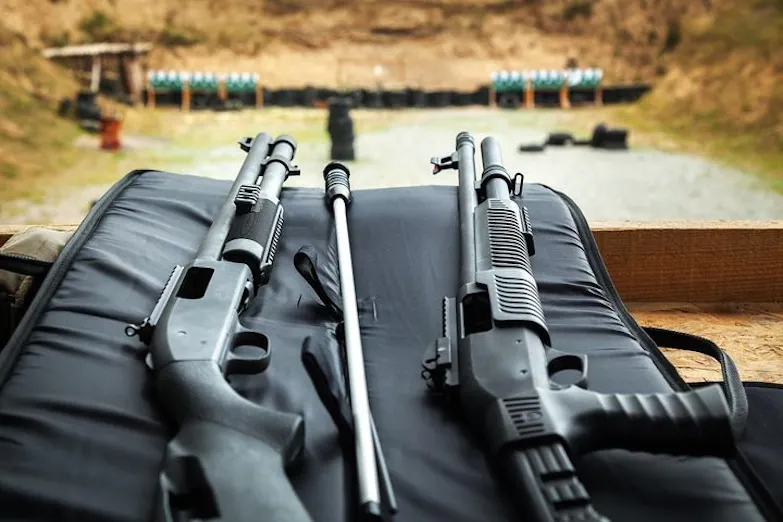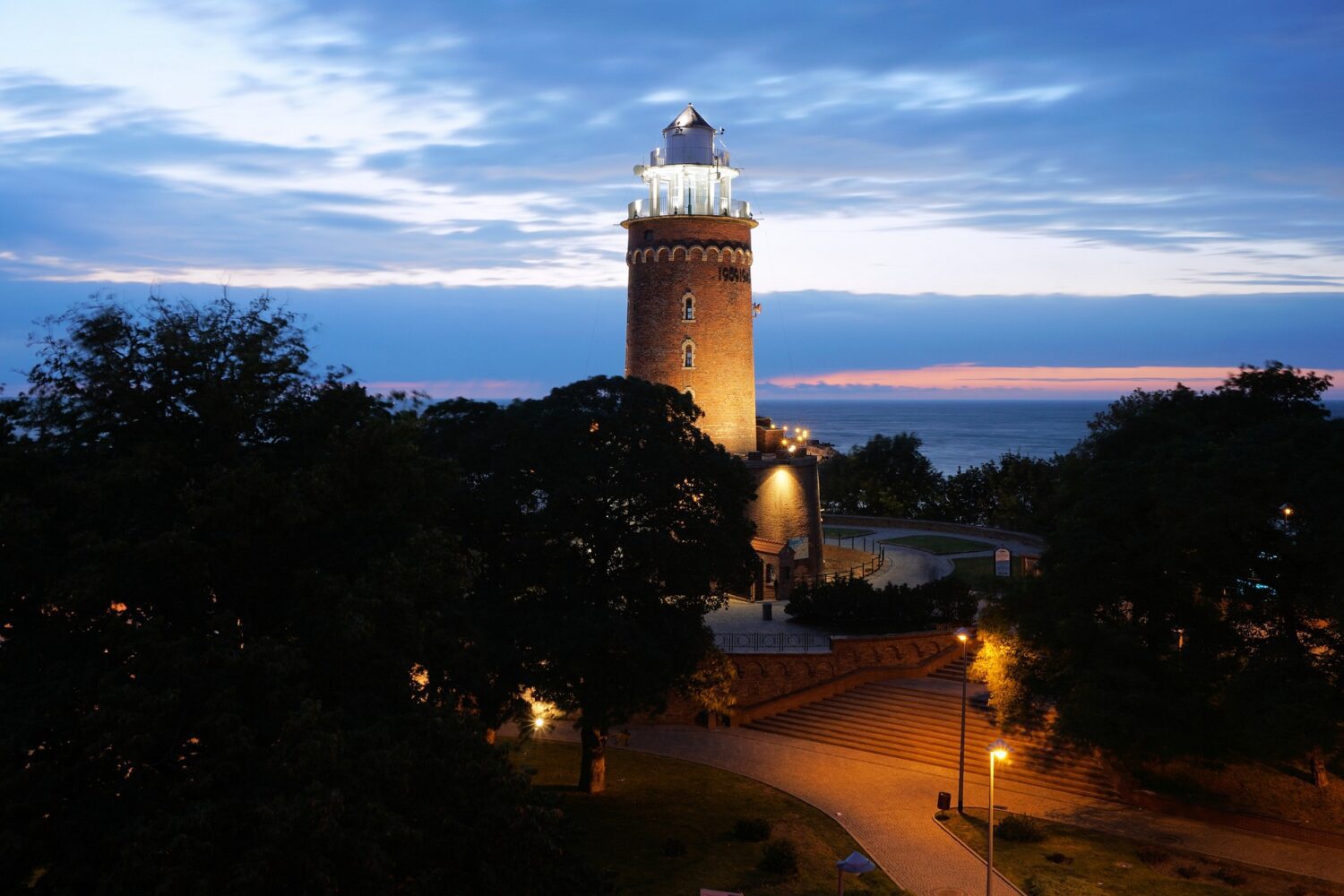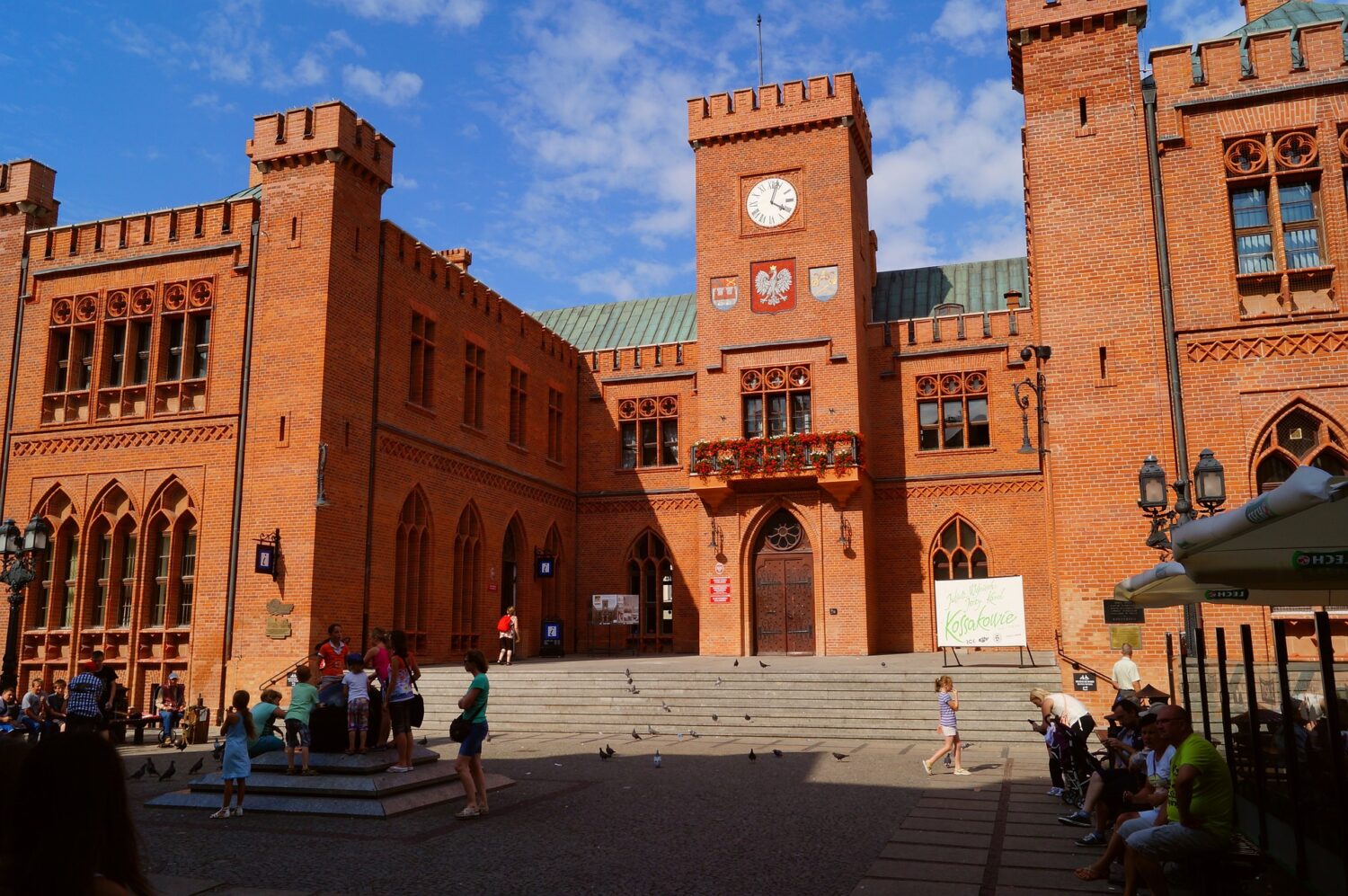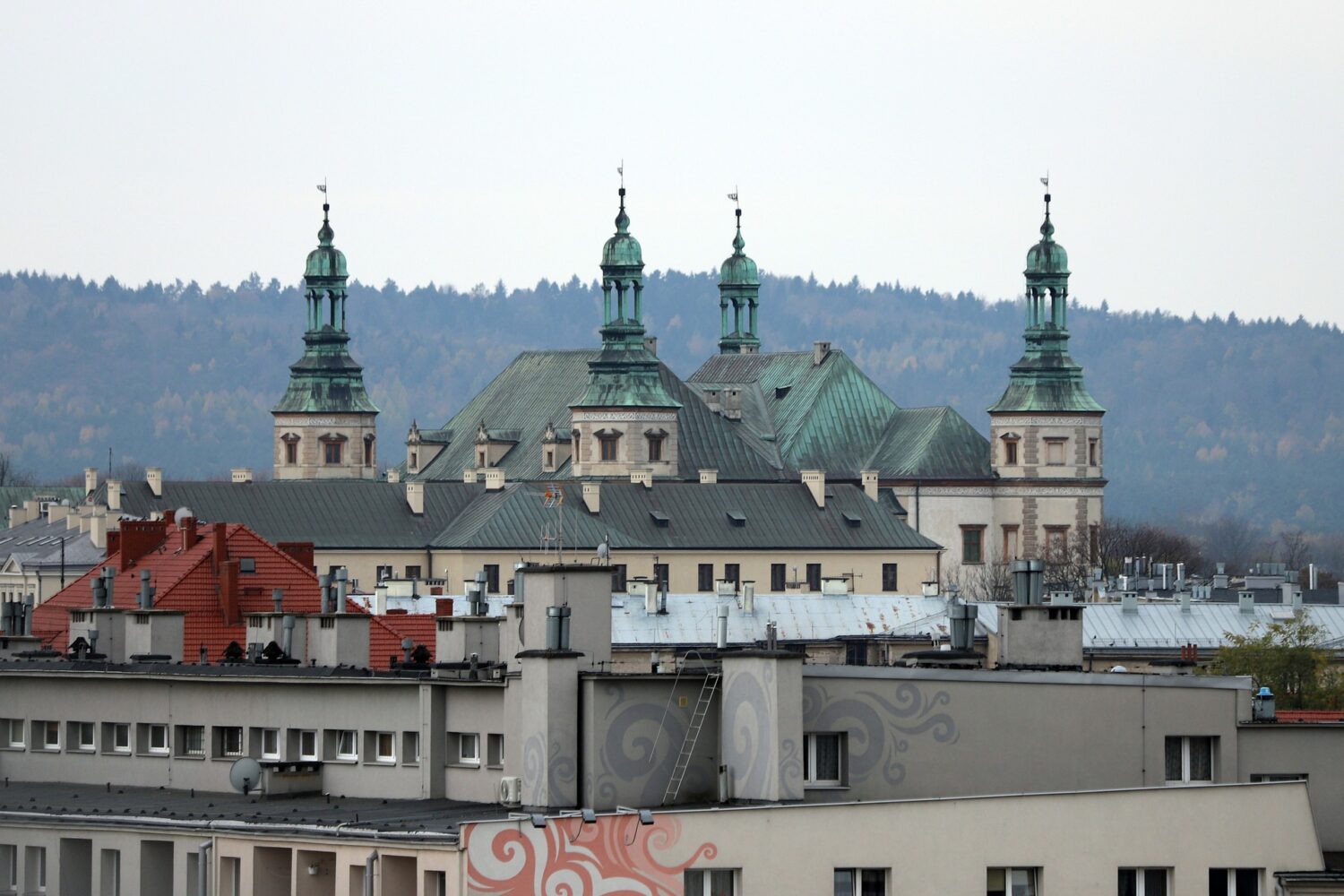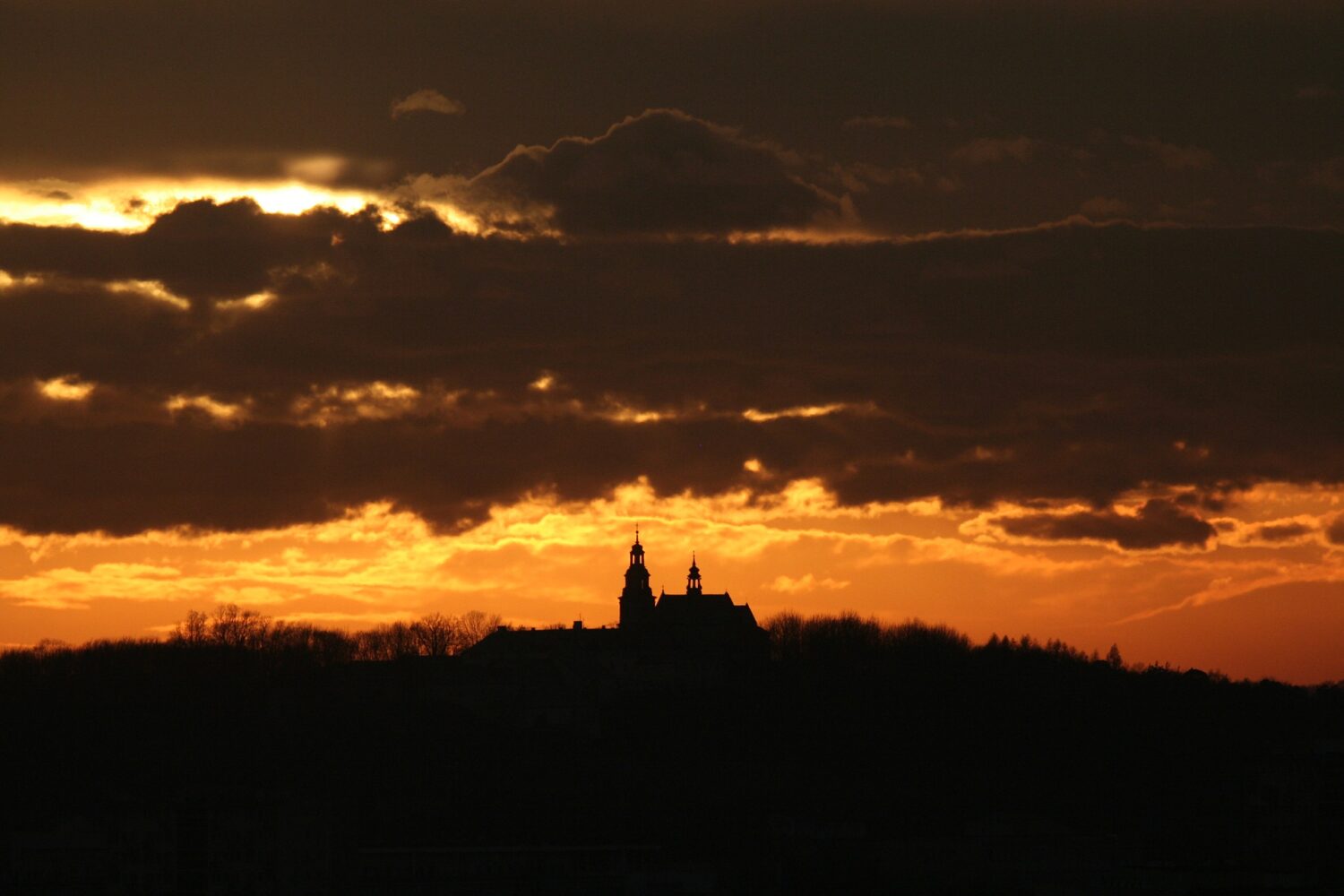Top 10 things to do in Toruń
What to see, what to do
Things to do – updated 17 January 2023.
There’s a lot to see and do in the city. Here’s our list of the Top 10 things to do in Toruń. Click on the links for further information or to book a tour & buy tickets.
1. Cathedral of SS John the Baptist & John the Evangelist
A former main parish church of the Old Town of Toruń, this huge Gothic cathedral started life in 1260 but was not completed until the end of the 15th century. There’s a lot to see including painted decorations depicting the Crucifixion and the Last Judgement dating from the 14th century, a 13th century baptismal font (which was supposedly used to baptise Nicolaus Copernicus), a 15th century clock and the Tuba Dei, a massive bell cast in 1500.
2. Old Town Hall
The Old Town Hall is a Gothic building created in stages during the 13th & 14th centuries and hasn’t changed much since then with the exception of some later Renaissance additions. The structure is one of the most outstanding examples of medieval city architecture in central Europe. You’ll find a museum there today with exhibits of Gothic art including both paintings and stained glass, local crafts dating from the 17th & 18th centuries and a gallery of Polish art.
3. Gingerbread Museum
Located in the Old Town, take part in an interactive exhibit where you can learn about the history of Toruń gingerbread and have a go at making your own under the instruction of a gingerbread master.
4. Teutonic Castle Ruins
The majority of the castle was destroyed during an uprising in 1454, when the local townspeople revolted against the Teutonic Order. During the 1960s excavation work uncovered underground chambers, which have been opened up to visitors. There’s a few things to see other than the ruins.
5. House under the Star
Embellishing the Old Town Square, the House Under the Star is Baroque house built in the 1200s with a 17th century façade. The stuccoed structure takes its name from the golden star atop the gable that was put there during its facelift in 1697. Inside, you’ll find a small branch of the Regional Museum with exhibits of Asian art including Chinese pottery and Japanese swords.
6. Medieval Walls
The walls date all the way back to the middle of the 13th century and were extended and reinforced in the late Middle Ages. Today, you can see large portions of the wall, which have been preserved in addition to nine gates and towers, which are still standing.
7. Leaning Tower of Toruń
One of Toruń’s most photographed buildings is the crooked tower (leaning tower), whose top and bottom is out of kilter by 1.5m. You’ll find it on the southwest corner of Toruń’s Medieval defences.
8. Nicolaus Copernicus Monument
A popular meeting point located in front of the Town Hall is the statue of Nicolaus Copernicus. The statue is twice life size and stands on a 5m pedestal. It was raised in 1853.
9. New Town Square
The New Town Square isn’t really new considering that it was laid out in 1264. It was once the centre of a separate town with its own town hall; however this was pulled down in the 15th century when the two towns merged. You’ll find a mix of styles ranging from Gothic to Renaissance, Baroque and Neoclassical.
10. Cosmopolis Fountain
You’ll find the fountain on the western side of the Old Town next to the university’s Harmonica building. The fountain was switched on in 2008 and is a homage to Copernicus. Its 113 jets plot the orbits of the planets, Mercury, Venus, Earth, Mars, Jupiter and Saturn with a taller central jet 5m high representing the sun. The summer light and sound shows between 9pm and midnight are worth seeing.
FAQ
- What are some popular tourist attractions in Toruń?
- The Old Town, which is a UNESCO World Heritage Site, and the Gothic St. Mary’s Church.
- The Toruń City Hall and the Copernicus Monument.
- The Gingerbread Museum, which offers a glimpse into the history and production of Toruń’s famous gingerbread.
- What is the best time to visit Toruń?
- The best time to visit Toruń is during the summer months (June-August) when the weather is warm and pleasant.
- What is the currency used in Toruń?
- The currency used in Poland is the Polish złoty (PLN).
- What is the language spoken in Toruń?
- The official language spoken in Toruń and in Poland is Polish.
- Are there any good places to eat in Toruń?
- Toruń has a wide range of restaurants and cafes, offering everything from traditional Polish cuisine to international dishes. Some popular restaurants include “Pod Ratuszem”, “Karczma Polska”, and “Bar Mleczny Pod Arkadami”.
- Are there any good accommodation options in Toruń?
- There are many accommodation options in Toruń, including hotels, hostels, and apartments. Some popular options include “Hotel Bulwar”, “Hotel Copernicus”, and “Hotel Pod Orlem”.
- Are there any transportation options from the airport to Toruń?
- The nearest airport to Toruń is Bydgoszcz Ignacy Paderewski Airport which is about 30 km from Toruń city center. You can take a taxi or rent a car to get to Toruń. There is also a bus service which runs directly from the airport to Toruń.
